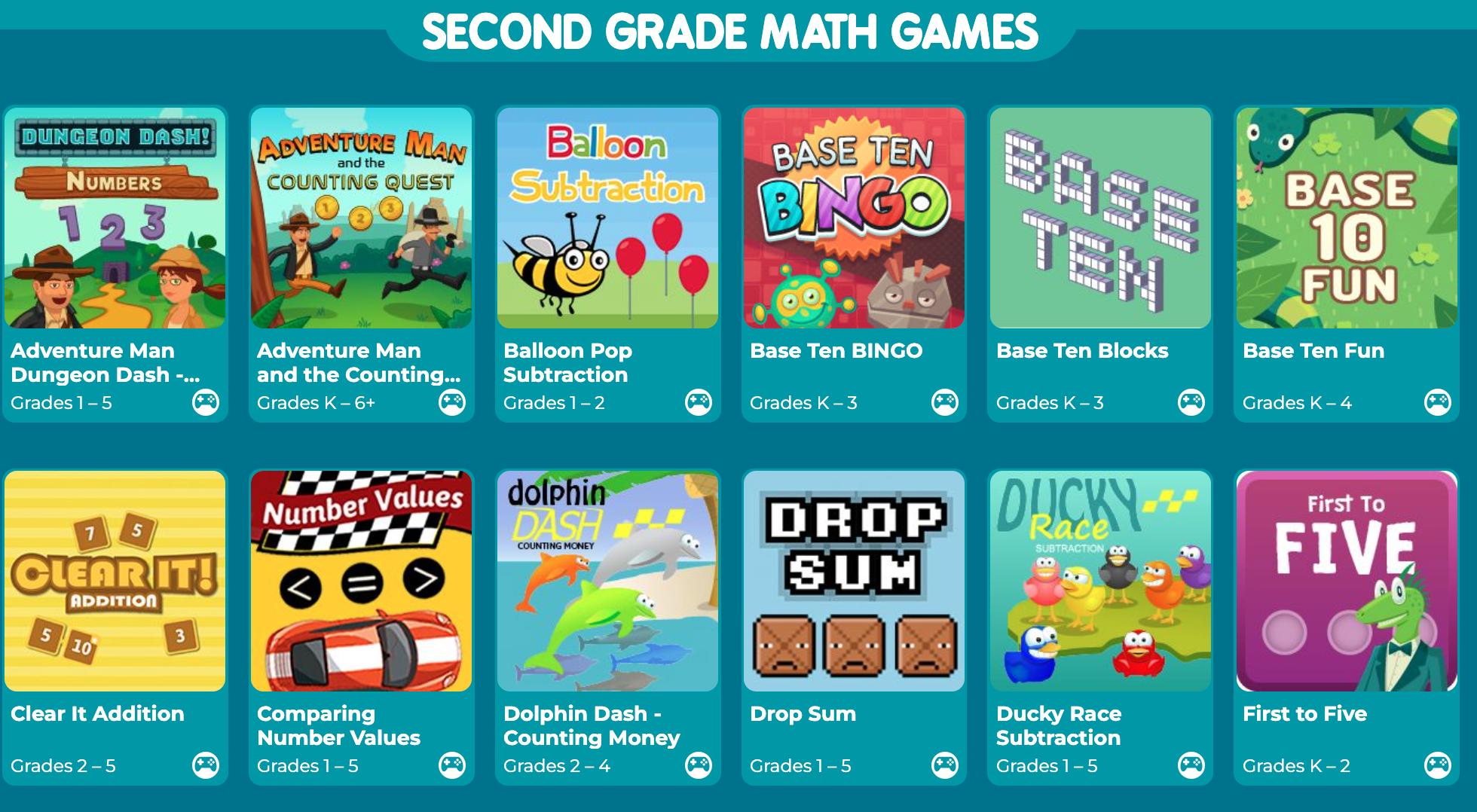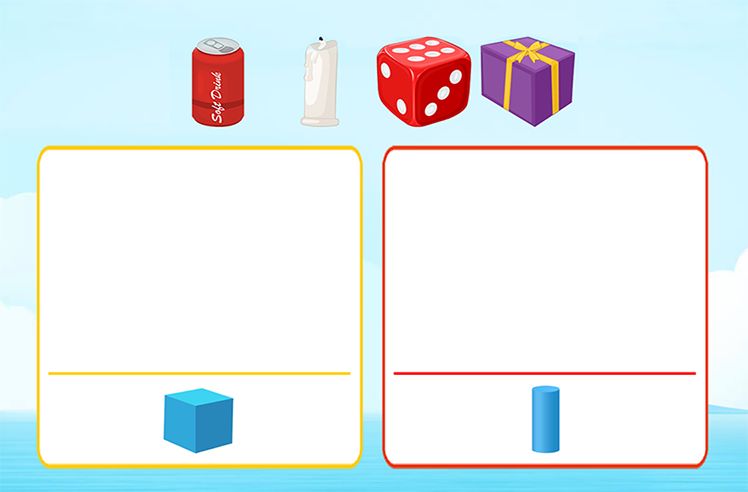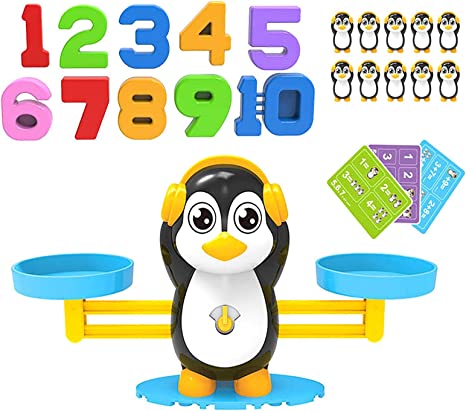
First, create an FSA ID. This ID can be used to complete the FAFSA. This should be done online. If you are a dependent student, make sure you have the appropriate information from your parents. You should also save all your information, so that you can return to it later. An error can lead to delays that could push you over your deadlines.
Create an FSA ID
Create a user account and password to create an FSAID. After you have created your password and user name, you will need to verify them. Logging in to FSA ID will allow you to check the status and confirm your application. The status will tell you if the application has been matched (pending), or not. You will need an email address, a permanent and valid phone number. A mobile account recovery can be set up on your phone. This will send you a text message with a code.
Student should use only one email address. Students who have more than one dependent should use a different email address. As the FAFSA deadline approaches, you should create your FSA ID quickly.

Online FAFSA Application
Students fill out the FAFSA to apply for federal student aid. Typically, students will submit their tax information for two years prior to the year they wish to attend school. Students will need tax information beginning in 2020 for the FAFSA 2022-23. An online program automates the financial information section of your FAFSA, saving you time and effort.
You can complete the FAFSA online if you are a US citizen. You will need to provide your social security number and legal names, birth year, address, and email. The information can be filled automatically if you have a FSAID. Aside from these details, you will need information about the place you live and how long it has been there.
Delete 10 schools from your list
It is important to not delete schools from your FAFSA list when you fill it out. You can always correct any errors and add another school to your list, even if you receive a rejection letter. You lose access to all the information related to a school that you have deleted from your list.
College applications are typically due in October of the year before you plan on enrolling. FAFSA allows you to list up 10 schools. You can also add or remove schools after you receive your Student Aid Report. This allows you to ensure that you are considering all schools. While some students think that the best choice is to go to a public college, the truth is that many private schools offer higher education at affordable prices.

After you submit your FAFSA make the necessary corrections
If you have made any changes to your income or household information after you submit your FAFSA you will need to correct them. Some changes cannot be made online. If you have any questions, please contact your school's Financial Aid Office. After you make any necessary corrections, the new Student Aid Report is sent to you.
Two main options for making changes to your FAFSA forms are available: online or in-person at the financial aid offices. Online changes require that you login with your FSAID. Make FAFSA Corrections to make the changes.
FAQ
What is the difference between a college and a university
A university can be described as an academic institution that offers higher education. It offers undergraduate and postgraduate courses in various fields.
A college is often smaller and less famous than a university. While it might offer fewer courses than a university, it often has its own specialist department.
What are the requirements to be a teacher in early childhood education?
First you need to decide if your career path is in early childhood education. First, you need to obtain your bachelor's. Some states require students to earn a master's degree.
You may also be required to attend classes during the summer. These courses cover topics such as pedagogy (the art of teaching) and curriculum development.
Many colleges offer associate programs that lead to teaching certifications.
While some schools offer certificates or bachelor's degrees in early childhood education, others only offer diplomas.
You may not require additional training if you are planning to teach at your own home.
What is early education for children?
Early Childhood Education focuses on helping children grow into happy and healthy adults. It includes everything from teaching them how to read to prepare them for kindergarten.
Early childhood education has the goal of helping children learn and grow by offering them age-appropriate experiences.
Early childhood educators often have to assess each child's developmental needs. This helps to determine if a program is right for each child.
Parents can interact with teachers and professionals who have had experience working with young kids through early childhood programs.
A key role in early childhood education is also played by parents. They need to be able to provide guidance and support for their children, and they must also know how to care for them properly.
Parents can participate in activities that will teach their children life skills.
Preschool education is sometimes called early childhood education. However, this term can be used interchangeably with daycare centers. Early childhood education is very similar to prekindergarten education, which usually begins around three years old.
What is the difference between private schools and public schools?
All students can attend the public school for no cost. They provide education for students from kindergarten through highschool. Private schools charge tuition fees. They provide education for students from pre-school through college.
Charter schools, which are private but publicly funded, are also available. Charter schools don’t follow traditional curriculum. Instead, charter schools give their students more freedom in learning what interests them.
Charter schools are a popular choice for parents who believe all children should have access and quality education regardless their financial situation.
Statistics
- And, within ten years of graduation, 44.1 percent of 1993 humanities graduates had written to public officials, compared to 30.1 percent of STEM majors. (bostonreview.net)
- They are also 25% more likely to graduate from high school and have higher math and reading scores, with fewer behavioral problems,” according to research at the University of Tennessee. (habitatbroward.org)
- Think of the rhetorical power of nineteenth-century abolitionist Harriet Beecher Stowe, Martin Luther King, Jr., or Occupy Wall Street activists with their rallying cry of “we are the 99 percent.” (bostonreview.net)
- In most developed countries, a high proportion of the population (up to 50%) now enters higher education at some time in their lives. (en.wikipedia.org)
- They are more likely to graduate high school (25%) and finish college (116%). (habitatbroward.org)
External Links
How To
What can I do to become a teacher in my area?
Teachers are available in public elementary schools and private elementary schools.
To become a teaching professional, you will need to complete a bachelor’s degree program at any of the following universities:
-
A university or college that is four-years in length
-
An associate degree program
-
There are some two-year community colleges programs
-
Combinations of these three types programs
Candidates must fulfill state requirements to be eligible for teaching certification. These requirements include passing standardized exams and completing a probationary work experience.
Most states require that candidates pass the Praxis II exam. This test measures the candidate's knowledge of reading, writing, mathematics, and language arts.
Many states require that candidates obtain a specialized license in order to be certified to teach.
These licenses can be issued by the state's boards of education.
Some states grant licenses without requiring any additional testing. These cases require that the applicant contact the state board of education to confirm if the license is granted.
Some states don't grant licenses to applicants who haven't completed a masters degree program.
In some states, individuals can apply directly to the state education board for licensure.
There are many licenses available. They vary in cost, length, and requirements.
Some states only require a high school diploma while others require a bachelor’s degree.
Some states may require training in particular areas such as literacy or child developmental.
Some states require applicants to hold a master's in order for them to be licensed.
When applying for certification, many states ask prospective teachers about previous employment.
It is possible to mention other professions in your application.
However, almost all states will accept work experience from any type of previous job.
It is possible to list your prior job title, position, as well as years of service.
These information are often useful to potential employers.
It shows them you have relevant skills.
While working, you may have learned new skills and acquired valuable work experience.
This can be displayed on your resume to future employers.